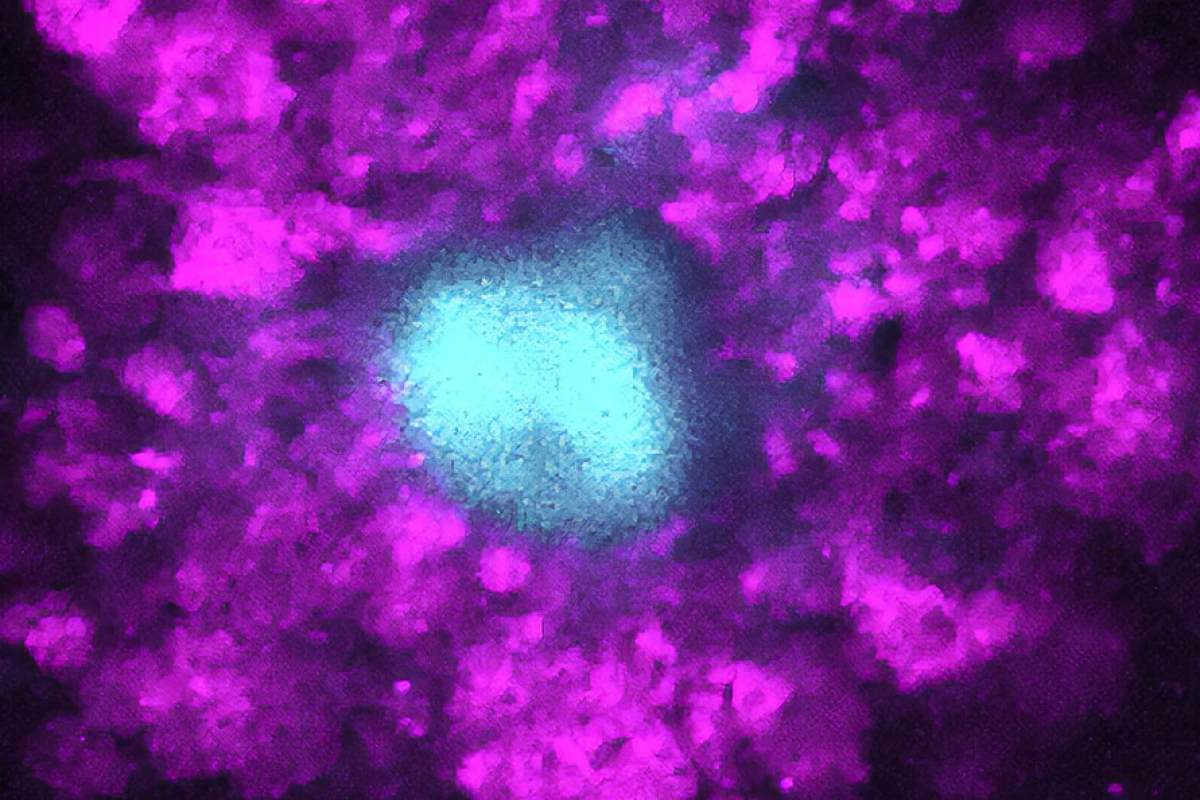Scientists at Yale University have uncovered an overlooked mechanism that may be behind the symptoms of Alzheimer’s disease. The team points the finger at small swellings on axons near plaques that build up in the brain, and identified a protein that could be a biomarker for early detection of the disease as well as a target for future treatments.
For decades, the predominant hypothesis for what causes Alzheimer’s disease has revolved around amyloid plaques – tangled clumps of a protein called beta-amyloid. These have been consistently observed accumulating in the brains of dementia patients ever since the disease’s namesake, Alois Alzheimer, first studied it over a century ago.
It follows then that scientists would focus much of their research on reducing and clearing out these plaques, but frustratingly a series of drugs has consistently failed in clinical trials. While the plaques are clearly associated with the disease somehow, it seems that they’re either a symptom themselves or they’re being removed too late to undo the damage they’ve caused.
In the new study, the Yale researchers turned their attention to a different feature that usually appears with Alzheimer’s – small, spheroid-shaped swellings. These have been known to form near amyloid plaques along axons, the long, wiry projection of a neuron that lets them send signals to other neurons. Strangely enough, the team says, any potential role these swellings might play in the pathology of the disease hadn’t been studied in detail before.
The researchers found that these swellings can dampen the transmission of electrical signals along the axons. The bigger the swellings grow, the greater the disruption to the signals, which may contribute to the neurological degeneration seen with dementia.
“We have identified a potential signature of Alzheimer’s which has functional repercussions on brain circuitry, with each spheroid having the potential to disrupt activity in hundreds of neuronal axons and thousands of interconnected neurons,” said Dr. Jaime Grutzendler, senior author of the study.
The team also identified the root cause of the spheroids. Lysosomes are small structures that perform a waste disposal function in cells, but in dementia patients higher levels of a protein called PLD3 make lysosomes clump together inside axons. This eventually causes the swelling.
In tests, the researchers used gene therapy to clear out PLD3 in the neurons of mouse models of Alzheimer’s. And sure enough, the axon swelling went down dramatically, which in turn improved their electrical conduction as well as the function of neurons in that brain region.
The researchers say this could suggest that PLD3 could become a biomarker of Alzheimer’s disease, allowing it to be diagnosed earlier, and a new target for potential treatments.
“It may be possible to eliminate this breakdown of the electrical signals in axons by targeting PLD3 or other molecules that regulate lysosomes, independent of the presence of plaques,” said Grutzendler.
Of course, there are some caveats. The research has so far only been conducted in mice, so any human applications are still a long way off yet. Plus, there seem to be conflicting studies into the role that PLD3 plays in Alzheimer’s, indicating it’s quite complex and may not be as straightforward as blocking the protein.
The research was published in the journal Nature.
Source: Yale University




